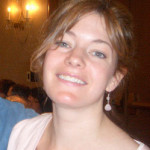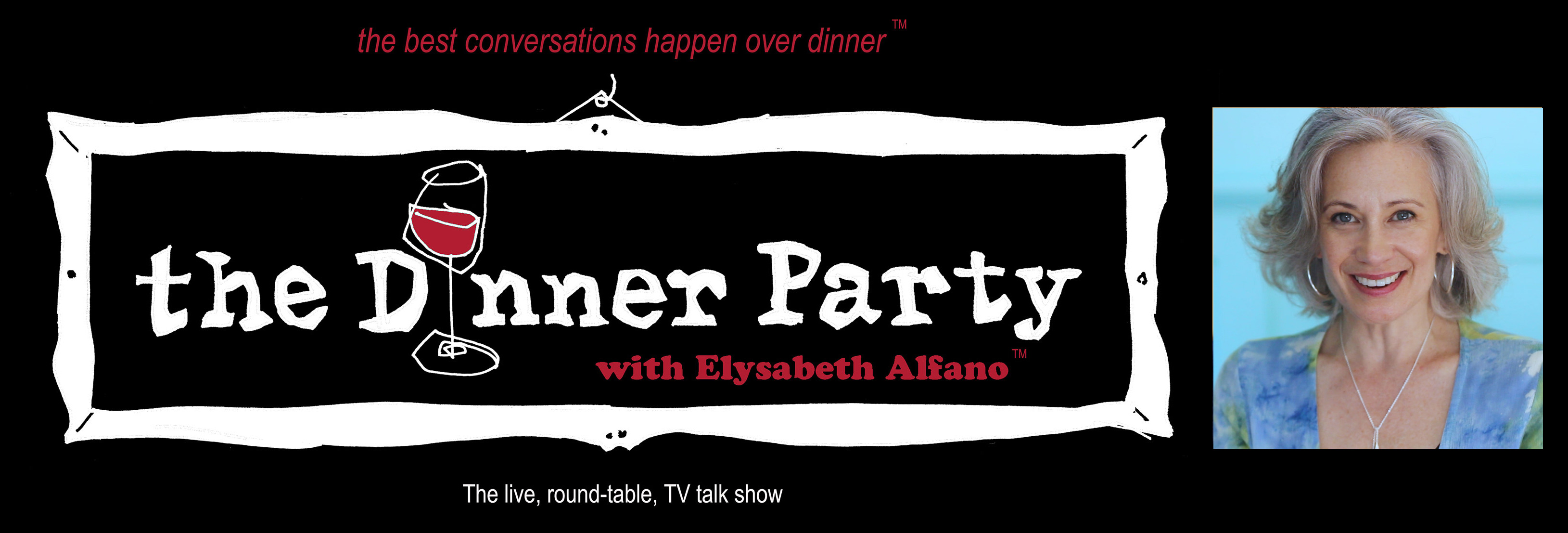Chicago Art Magazine’s Week in Review by Kathryn Born
September 16th, 2010For the last year there has been one word spoken in the press releases of Chicago’s art institutions more than any other: Studio. The MCA wanted to do it as their theme, and the City and SAIC wanted it as their theme as well, so they came together like the league of super heroes and had a super gimungus massive, year-long theme of the Artists’ Studio. No one was safe. Yet I didn’t really get it. And then someone talked about “post-studio” I was more lost. So the nice thing you can do when you’re a publisher is commission a writer to explain it to you.
Melissa Potter
When John Baldessari introduced his Post Studio Art class at Cal Arts in the 70s, he started a new discussion on the role of the studio in a changing media landscape during an era of financial recession. “Post studio” has since become standard art world lingo coined to embrace discussions ranging from the necessity of a physical art studio in an era of virtual space, to conversations as philosophically complex as the role of the artist in the public realm. Today, ever-changing technologies inspire fluid artistic practices both in and out of the traditional studio. In an internet-flattened universe, the elusive studio visit that might land the “next big artist” a museum show made way for the Guggenheim’s YouTube Play, an online event set up to find the “most creative video in the world,” in which anyone with a .mov is invited to apply.
No one seems precisely sure what spurred the Chicago interest in a discussion on the artist’s studio, but the Museum of Contemporary Art and School of the Art Institute of Chicago found themselves running concurrent programming on the topic, and Studio Chicago was born. The program is a year-long series of exhibitions, lectures, and research dedicated to questions around visual art studio practice. The result so far has been a compelling array of resources, from exhibitions running at major institutions and venues throughout the city, to the Studio Chicago online interface with blogs, listings, and platforms for further discussion.
Hints of interest in the studio as subject were found in the 2008 Whitney Biennial, featuring artist Amanda Ross Ho’s assemblage of works: part notation, part finished product … not very linear, as though they were installed in a working studio. Her work showed up in the MCA’s “Production Site: The Artist’s Studio Inside-Out” earlier this year. A number of works in the MCA exhibition, such as Justin Cooper’s piece inspired by a chaotic Skowhegan studio visit, did more to engage the insular language of artistic practice than to ask how the studio can reengage an audience.
This summer features two exhibitions exploring the artist studio, both of which take a challenging look at the studio as a site of action. “Summer Studio” at SAIC’s Sullivan Galleries is the final component of a four-part series launched with “Picturing the Studio.” The exhibition, curated by Michelle Grabner and Annika Marie, now includes an amazing compendium published by the University of Chicago Press, The Studio Reader: On the Space of Artists, which includes essays on the subject by Robert Storr and Carolee Schneemann among many other great voices in art.
“Summer Studio” is part three of the series and will culminate in a final exhibition. Featured artists and collaboratives include writers, curators, students and critics/podcasters, including Chicago’s Bad at Sports, Miller and Shellabarger, and Still Action. The program presents sixteen artists in the first session, and nineteen in the second, and invites them to take up residence in a sort of idea incubator alongside studios reserved for SAIC students and classes using the space for coursework. (On the day I visited, a textile class was experimenting with hand-dyes.) At the end of July, studios open for a series of public events. “Summer Studio” is a composite of exhibition, residency program, and public event, offering a study on a host of relevant studio issues ranging from professional practice, to collaboration and research.
X-Treme Studio curated by Sabina Ott and Rael Salley at Columbia College Chicago’s A+D Gallery features a wide range of studio practice engaged in such compelling questions as the body as a site of studio activity, and relational aesthetics’ embrace of the public space and its audience to create works of art. It is a dynamic look at the studio, ranging broadly from public performance, politically inspired content, to community not-for-profits serving the local community and needy schools.
Shaun Leonardo, aka El C, takes a method-acting approach to his performance work about masculine identities by embracing and performing them. The exhibition presents Battle Royal, an artistic happening in a wrestling ring, with nineteen of Canada’s best pro-wrestlers fighting in blindfolds until one is left standing. A thrilling combination of reality show and literary critique (he states the work is inspired by Ralph Ellison’s, The Invisible Man), the work flies in the face of art institutional standards.
Alison Rhoades’ Lily Briscoe, is inspired by Woolf’s To The Lighthouse character who embodied the creative individual. A more complex reading reveals Briscoe’s questions about art and its relevance without an adoring public. The work is a collaboration of twenty women artists invited to “become” Lily Briscoe to complete the work in the window of the gallery.
Theaster Gates’ compelling Sella My Wares: A Choir for Dave the Slave Potter is a collaboration between Gates and LeRoy Bach and a chorus of one hundred performed in the Milwaukee Museum, telling the complex narrative of a North Carolina slave, Dave Drake, who is a much-studied and renowned potter. Gates’ The Dorchester Project is his latest work: a construction project on an abandoned two-story property on Chicago’s south side offering a library, image archive and a soul food kitchen in this historical neighborhood.
Among fourteen engaging works in the exhibition are standouts Sara Vela’s well-loved The Velaslavasay Panorama in Los Angeles, Live Work/Michael Zheng in San Francisco, and The Work Office in Brooklyn, NY. As with “Summer Studio”, this exhibition also features student engagement with a video work by EJ Hill and Tannar Veatch.
In an New York Times Magazine interview, writer Gary Shteyngart remarks,
“Silence has been destroyed, but also the idea that it’s important to learn how another person thinks, to enter the mind of another person….We are now part of this giant machine where every second we have to take out a device and contribute our thoughts and opinions.”
Perhaps the studio in all of its public and semi-private iterations is now a 3-D space for human interaction and ideas, an alternative to this solipsistic universe Shteyngart describes, where real and virtual can converge with the audiences that make them relevant.
-Kathryn Born
 Kathryn is the Editor-in-Chief of Chicago Art Magazine, which includes a network of additional websites about arts and culture. She is a conceptual artist and writer, whose work has appeared on Chicago Public Radio, Time Out, RedEye and Chicago Tribune. She has three books due to be published, the first being The Lovers, the Death, and the Crimes, published by StepSister Press due for release on September 23, 2010.
Kathryn is the Editor-in-Chief of Chicago Art Magazine, which includes a network of additional websites about arts and culture. She is a conceptual artist and writer, whose work has appeared on Chicago Public Radio, Time Out, RedEye and Chicago Tribune. She has three books due to be published, the first being The Lovers, the Death, and the Crimes, published by StepSister Press due for release on September 23, 2010.





